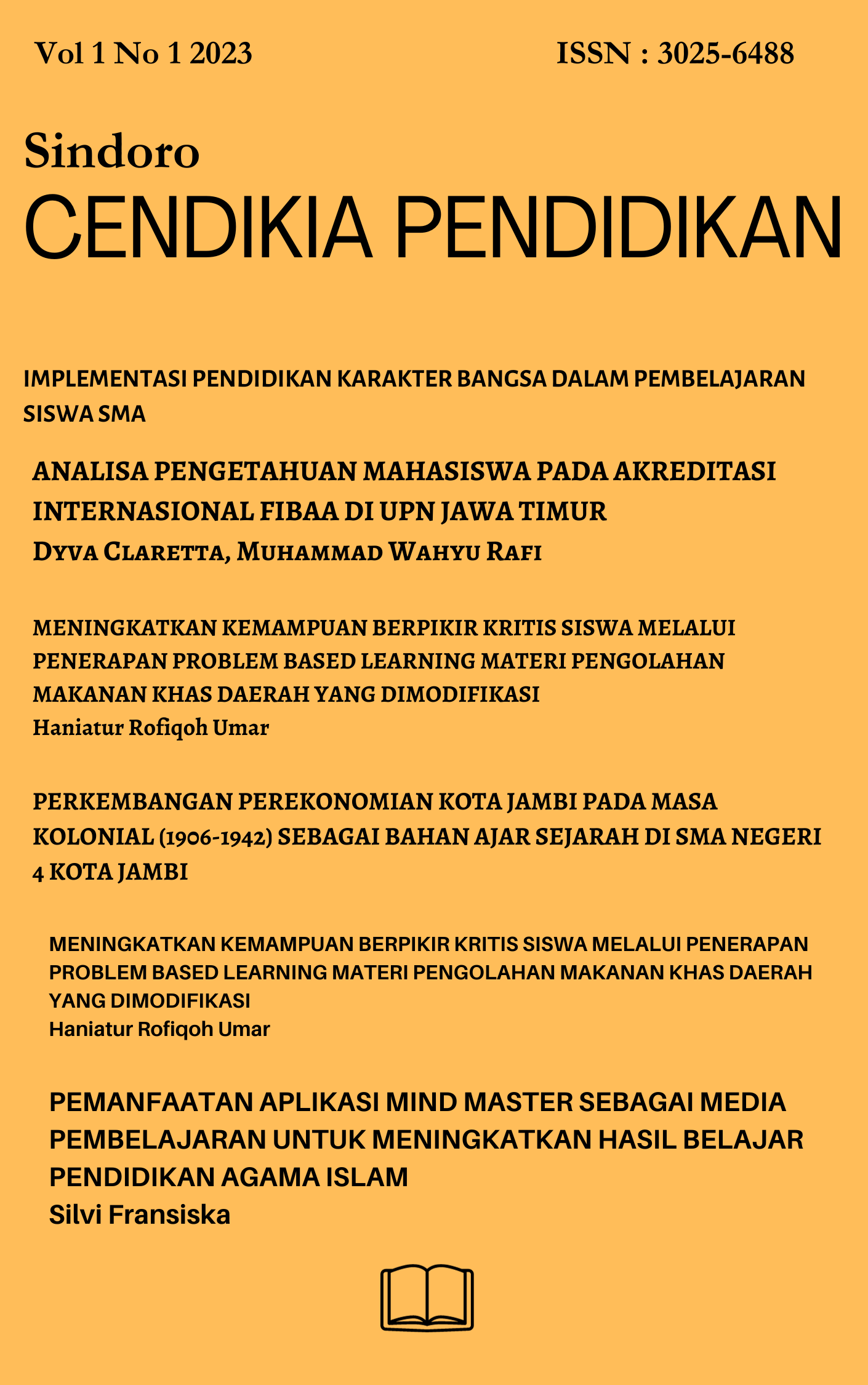MEDIA PEMBELAJARAN “ KAHOOT ” BBERBASIS APLIKASI GAME UNTUK PEMBELAJARAN
Main Article Content
Abstract
Kahoot is an innovative platform that has revolutionized learning methods in the digital era by presenting a game-based learning concept. Introduced in 2012, Kahoot allows educators to create interactive quizzes that can be accessed by students using devices such as smartphones or computers. With an attractive and easy-to-use interface, Kahoot encourages collaboration and increases student participation in the learning process. Research shows that using Kahoot not only increases learning motivation, but also creates a more dynamic classroom atmosphere, so that students are more actively involved in learning activities. Additionally, Kahoot serves as an effective evaluation tool, allowing teachers to conduct formative assessments directly. Features such as quiz data collection and instant feedback provide teachers with valuable information about student understanding. During the COVID-19 pandemic, Kahoot became a practical distance learning solution, helping students stay connected and motivated even though they were not learning face-to-face. With its easy access and interactive nature, Kahoot has the potential to become one of the main learning tools in the Industrial Revolution 4.0 era, supporting the development of students' digital skills for the future.
Article Details

This work is licensed under a Creative Commons Attribution-NonCommercial 4.0 International License.
This work is licensed under a Creative Commons Attribution-ShareAlike 4.0 International License.
Authors who publish with this journal agree to the following terms:
- Authors retain copyright and grant the journal right of first publication with the work simultaneously licensed under a Creative Commons Attribution License that allows others to share the work with an acknowledgement of the work's authorship and initial publication in this journal.
- Authors are able to enter into separate, additional contractual arrangements for the non-exclusive distribution of the journal's published version of the work (e.g., post it to an institutional repository or publish it in a book), with an acknowledgement of its initial publication in this journal.
- Authors are permitted and encouraged to post their work online (e.g., in institutional repositories or on their website) prior to and during the submission process, as it can lead to productive exchanges, as well as earlier and greater citation of published work
References
A. C. Bunyamin., D. R Juita, & N, Syalsiah (2020). Penggunaan Kahoot sebagai media pembelajaran berbasis permaianan sebagai bentuk variasi pembelajaran. Gunahumas, 3(1), 43-50.
D. Hadi., D. M. Sari., D. E. Priyantoro., N. Latifah., & I. Ilham. (2023). Menigkatkan religiusitas siswa sekolah menengah pertama melalui aplikasi Kahoot dalam pembelajaran bahasa Inggris. Attractive: Innovative Education Journal, 5(2), 433-442.
I. Irwan., Z. F. Luthfi., & A.Waldi., (2019). Efektifitas penggunaan kahoot! Untuk meningkatkan hasil belajar siswa. Pedagogia: Jurnal Pendidikan, 8(1), 95-104.
Jurnal UNJ: https://journal.unj.ac.id/unj/index.php/jpi/article/download/40970/16704
A, Putra., & K, Afrilia (2020). Systematic literature review: penggunaan Kahoot pada pembelajaran matematika. JurnalIlmiah Pendidikan Matematika Al Qalasadi, 4(2), 110-122.

